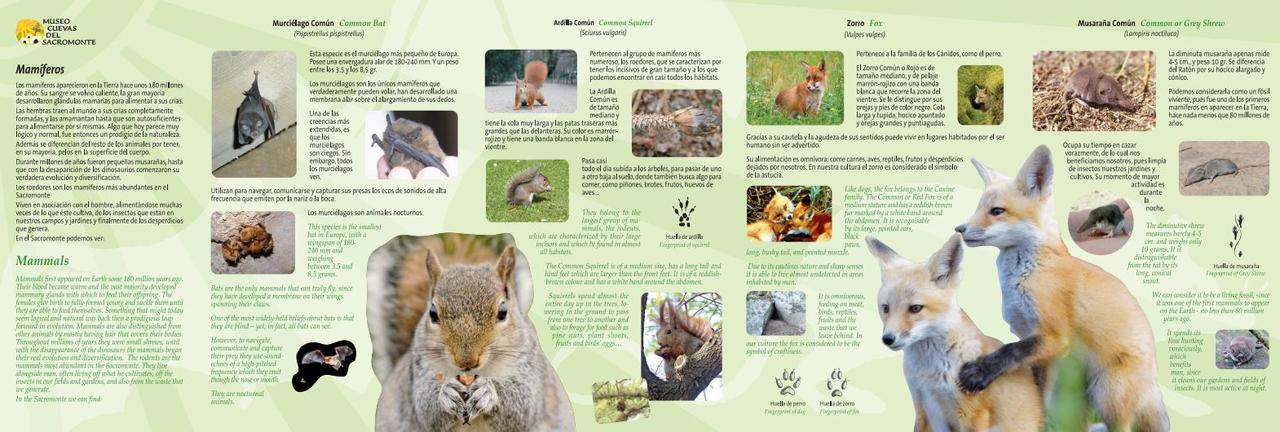
An environmental setting to be discovered
During your visit to the Museum you will find different information of interest about the place where it is located and its geological, ecological and environmental characteristics, as well as the identification of the animal and plant species that coexist in this space.
Enjoy learning about some of the amazing diversity around us.
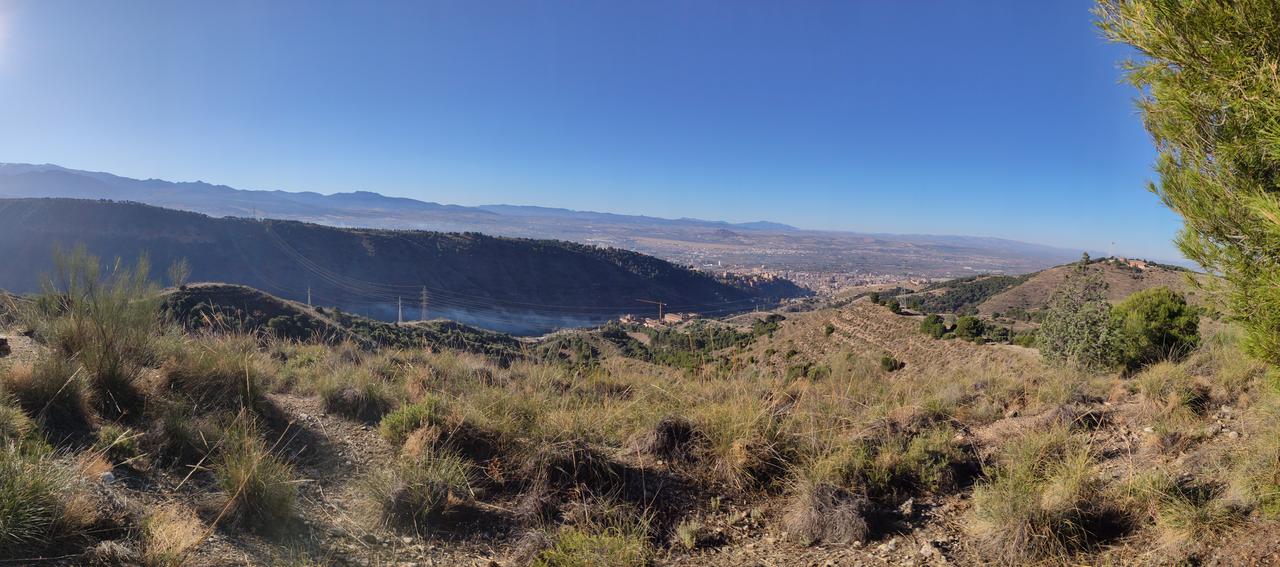
Geology
The ground we walk on
The entire northeastern edge of the city of Granada, including the area of the Alhambra and Sacromonte, is composed from the geological perspective of a type of conglomerate of very diverse pebbles surrounded by reddish sands and silts called ALHAMBRA FORMATION by geologists.
When we look at the Alhambra Formation, we can observe the different types of rocks that form its cobbles, within an enormous diversity of shapes, sizes and colors.
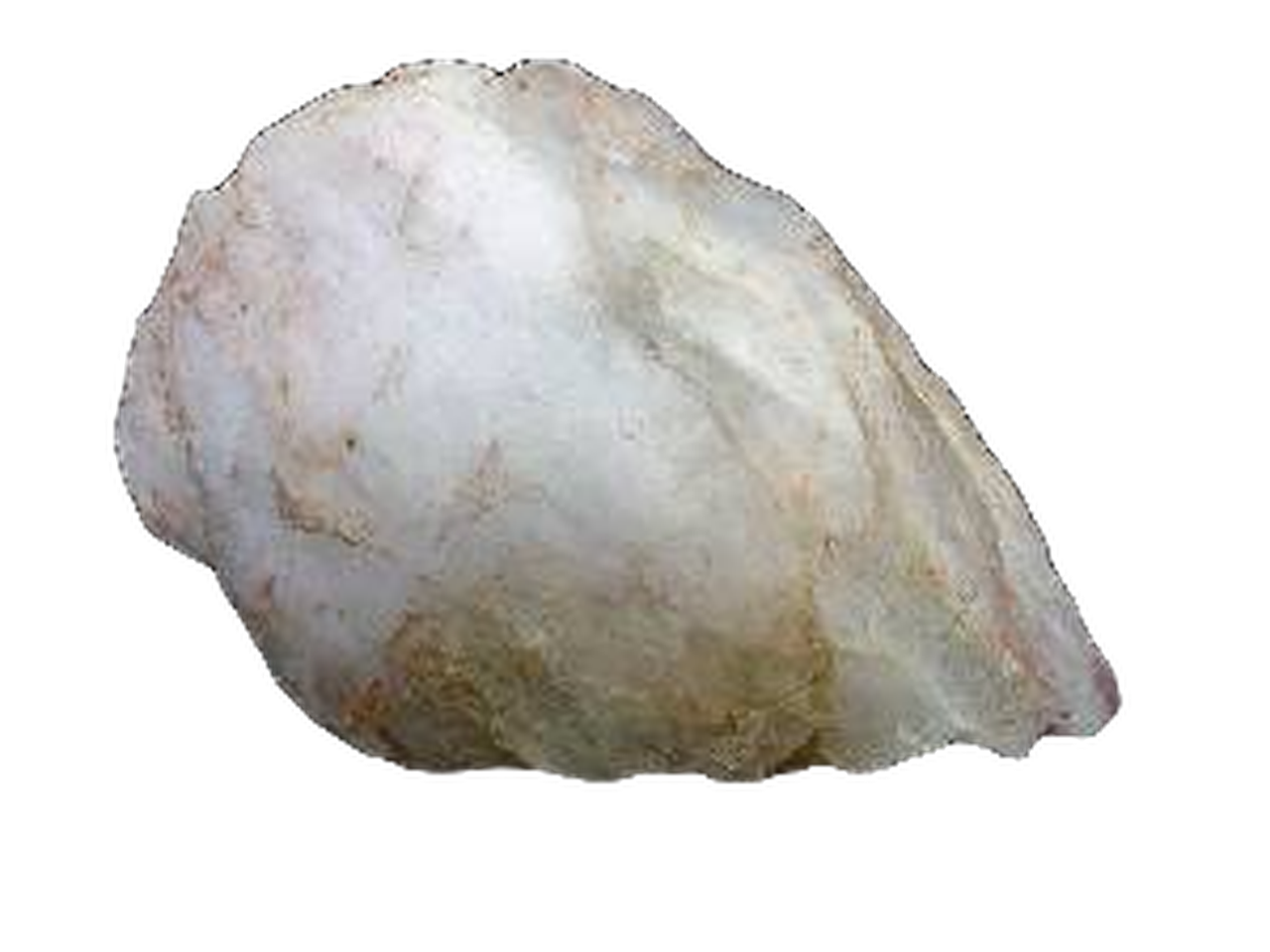
This rock is basically made up of a single mineral, Quartz (SiO2).
The variety of Quartzite that appears in the Alhambra Formation comes from the erosion of the Sierra Nevada, where this rock usually appears above 2000 meters of altitude.

This bright green rock is composed of two essential minerals: Chrysolite and Lizardite, varieties of Olivine, composed of iron and magnesium silicates.
The utilities of this rock are focused on extracting the copper it contains and for construction, since the polished slabs of this material are highly appreciated and of high value.
It should be noted that this rock is rare and difficult to observe in nature, so it is a privilege to be able to have it here.
These climatic conditions of the northern slope of the Darro river valley, with strong sunshine, low humidity and appreciable heat favor the settlement of plant communities with low biomass and relative biodiversity, formed by species with a strong adaptation to these harsh environmental conditions. This kind of vegetation, with a robust appearance and light tones, is called XEROPHILA. From this vegetation we can highlight two of the most emblematic species of the area: the Prickly Pear (Opuntia Ficus-indica) and Pita (Agave americana).
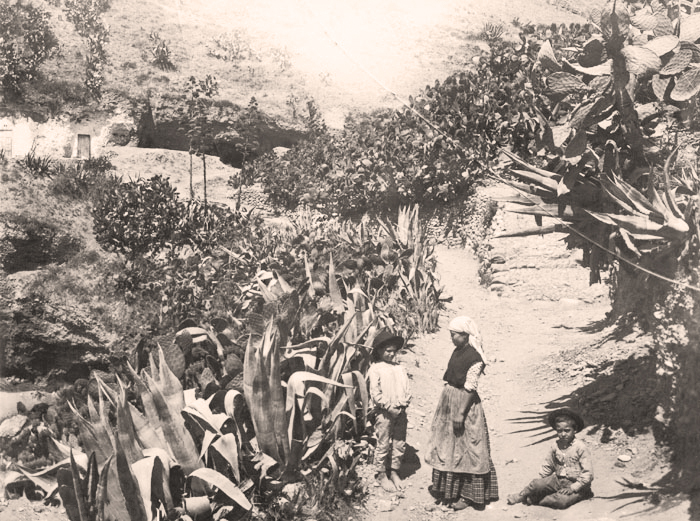
Darro River
(its toponymy derives from aurum(Latin for "gold").
With a total length of about 22 km, it forms (together with the Genil, the Beiro, the Monachil and the Dílar) the fluvial network of the urban environment of Granada. This network, belonging to the Guadalquivir river basin and therefore to the Atlantic domain, is generated in the reliefs located to the east, northeast and southeast of the city within the mountainous massifs of Sierra Nevada, Sierra Arana and the Sierra de Huétor.
Its entry into Granada takes place gradually, in a non-abrupt separation between the countryside and the city.
The natural course of our river benefits Granada from a network of ditches defined and organized topographically and chronologically, so the flat part of the city and the Alhambra are fed by these ditches that come out of a dam of the Darro, point of water intake of the Royal ditch destined to the Alhambra and the one of the city that is divided into two branches: the one on the right bank received the name of Axares and the one on the left, Romayla, which after the Christian Conquest, when the neighborhoods became parishes, were called, respectively, San Juan de los Reyes and Santa Ana.
There is a serious difference between the upper and lower reaches of this river.

Sacromonte vegetation
The vegetation that we can observe in the Sacromonte area corresponds to a wide variety of trees, shrubs and small plants adapted to climatic conditions of low humidity and mixed soil.
Many of the tree species have been introduced by man for the reforestation of this area, such as pines or almond trees. The original vegetation of this place corresponded to Mediterranean forest species such as holm oak or kermes oak (Quercus sp), which have now disappeared.
One aspect of great interest is the observation of shrub species, many of which have medicinal and culinary properties.
During your visit, you will find a wide variety of plants and trees identified by their uses and medicinal properties, including a sample of some typically Mediterranean species, among which we can highlight rosemary (Rosmarinum officinalis) or thyme (Thimus sylvestris).


Natural remedies
Humans have been making use of the plants in their environment since time immemorial Ethnobotany arises from this relationship between a culture and its plant environment.This science studies and interprets the history and use of plants by societies. This traditional knowledge has been preserved from generation to generation, often transmitted orally and is today a valuable source of information.
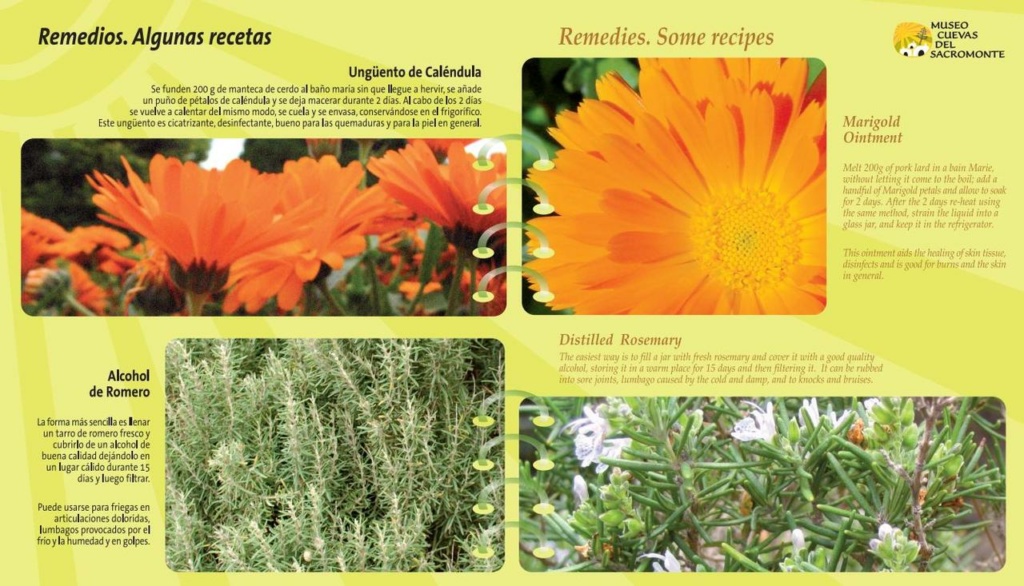
Diverse wildlife
The precious fauna that can be found in Sacromonte is an indicator of ecological quality and an indication of the low impact of humans. It means that here they find their food and a place to reproduce, which translates into biodiversity and natural wealth.
Most of the species we find are adapted to living in cultivated areas and to our presence, as we have been living together in the same space for a long time.

